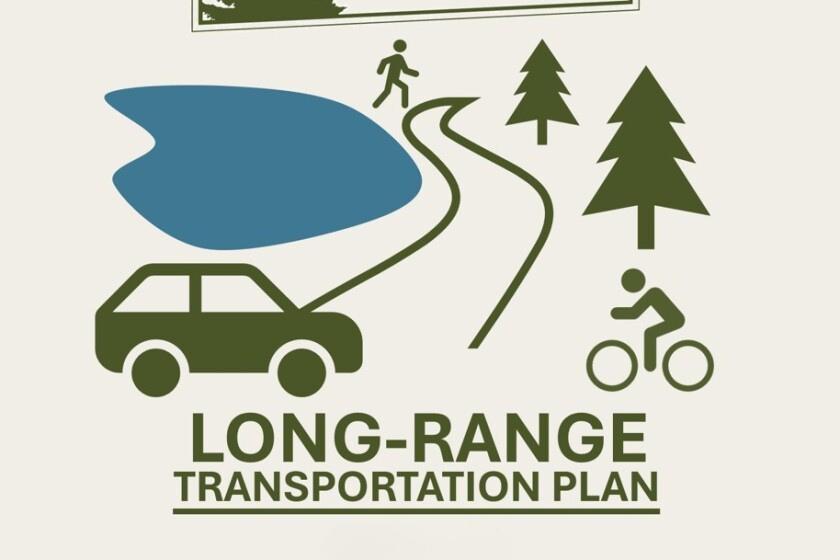Introduction
Long-range transportation planning plays a crucial role in shaping the growth and development patterns of cities, suburbs, and rural areas. It refers to the systematic process of setting transportation priorities and investments over a 20 to 30-year horizon. This type of planning directly influences land use, economic development, environmental sustainability, and overall quality of life. For commercial real estate and infrastructure development, understanding the impact of long-range transportation planning is essential for strategic decision-making and maximizing future opportunities.
Influence on Land Use and Development Patterns
One of the most significant impacts of long-range transportation planning is the way it guides land use. Transportation networks such as highways, transit lines, and major roadways determine how easily people and goods can move through a region. Well-planned transportation corridors can attract new residential, commercial, and industrial developments, leading to increased property values and economic activity along these routes. Conversely, areas that are poorly connected may experience stagnation or decline. Planners often use transportation improvements as a tool to encourage compact, walkable communities and discourage urban sprawl.
Economic Growth and Investment Opportunities
Long-range transportation planning directly contributes to regional economic growth by improving access to markets, jobs, and services. By forecasting future demand and aligning transportation investments accordingly, planners create an environment where businesses can thrive. New infrastructure such as airports, ports, and major transit hubs often acts as magnets for commercial developments, including office parks, logistics centers, hotels, and retail complexes. For investors and developers, proximity to planned transportation improvements can significantly enhance the attractiveness and long-term profitability of their projects.
Environmental and Sustainability Considerations
Modern long-range transportation plans increasingly incorporate environmental sustainability goals. Planners aim to reduce greenhouse gas emissions, protect natural resources, and promote greener travel options such as public transit, cycling, and walking. By influencing transportation choices and encouraging more sustainable development patterns, these plans help mitigate the environmental impacts of growth. For developers and investors, aligning projects with sustainable transportation initiatives can offer both reputational benefits and access to incentive programs, while also meeting evolving consumer and regulatory expectations.
Community Connectivity and Social Equity
Transportation planning affects not only economic outcomes but also the social fabric of communities. Long-range plans strive to improve connectivity between neighborhoods, provide equitable access to transportation options, and ensure that all residents, including low-income and underserved populations, benefit from investments. Successful transportation strategies enhance mobility, reduce travel times, and increase access to essential services such as education, healthcare, and employment. Developers who prioritize accessibility and connectivity in project planning can better meet community needs and achieve broader support.
Risk Management and Future-Proofing Development
Engaging with long-range transportation planning allows stakeholders to better manage risk and future-proof their developments. Anticipating where new infrastructure will be built, where congestion will be alleviated, and where transportation demand will grow enables more informed site selection and investment decisions. Properties that align with planned transportation improvements are more likely to retain and grow their value over time, while those disconnected from evolving networks may face challenges related to obsolescence or reduced desirability.
Conclusion
Long-range transportation planning has a profound and lasting impact on urban growth, real estate development, economic vitality, environmental sustainability, and social equity. It shapes where and how communities expand, where businesses choose to locate, and how residents live and travel. For investors, developers, and policymakers, a thorough understanding of transportation plans is vital for making strategic, future-oriented decisions that maximize value, minimize risk, and contribute to the creation of thriving, sustainable communities. As regions continue to evolve, the integration of thoughtful transportation planning with commercial and residential development will remain a key driver of success.
Hashtags
#TransportationPlanning #LongRangePlanning #SustainableTransport #UrbanMobility #FutureOfTransport #InfrastructureDevelopment #SmartCities #PublicTransit #CommunityPlanning #EnvironmentalImpact #TrafficManagement #EconomicGrowth #MobilitySolutions #TransitOrientedDevelopment #ActiveTransportation #RoadSafety #ClimateAction #SmartGrowth #RegionalPlanning #TransportationPolicy


